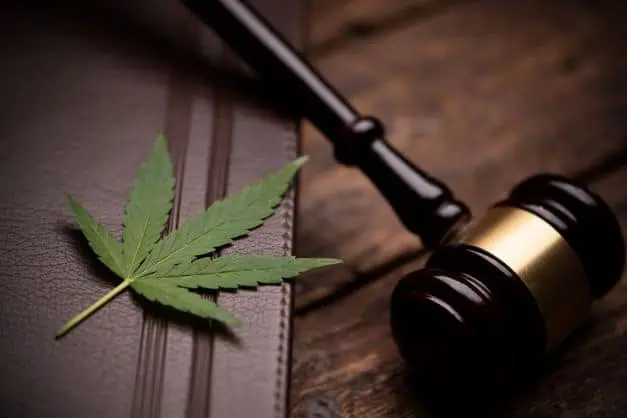Why Is Cannabis Still Illegal at a Federal Level?

Table of Contents
Cannabis is a naturally occurring plant with a long history of use in medicine, spiritual practices, and recreational activities. Despite its proven benefits and widespread popularity, cannabis remains illegal at the federal level in the United States. This post will explore why cannabis is still unlawful nationally and potential solutions.
READ: How to Use a Straight Tube Bong Properly
History of Cannabis Prohibition
Cannabis prohibition in the United States is rooted in the early 1900s. In 1906, the Pure Food and Drug Act was passed, which prohibited the interstate commerce of cannabis. In 1937, the Marihuana Tax Act was passed, which criminalized the possession and sale of cannabis. In 1970, the Controlled Substances Act classified cannabis as a Schedule I drug, the most restrictive category, meaning it has a high potential for abuse and no accepted medical use.
Public Opinion and Cannabis
Public opinion on cannabis has shifted dramatically over the past several decades. In 1969, only 12% of Americans believed cannabis should be legal. By 2019, that number had risen to 67%, according to a Gallup poll. Despite the shift in public opinion, cannabis remains illegal at the federal level.
The War on Drugs
The War on Drugs is a decades-long effort by the United States government to reduce the supply and use of drugs, including cannabis. The War on Drugs has been criticized for disproportionately targeting people of color and low-income communities. Despite the criticism, the War on Drugs has been a significant factor in the continued criminalization of cannabis.
Economic Factors

The cannabis industry has grown exponentially recently, with legal sales estimated to reach $30 billion by 2025. This growth has raised concerns among some that the economic benefits of cannabis legalization could lead to corporate monopolies. This has been a significant factor on the federal government’s unwillingness to legalize cannabis.
READ: Is THC-JD Legal?
Political Factors
The political landscape in the United States has been a significant factor in the continued federal prohibition of cannabis. Despite the shift in public opinion, many politicians oppose cannabis legalization. This is primarily due to the influence of powerful lobby groups, such as law enforcement and pharmaceutical companies, with a vested interest in maintaining the status quo.
Health Concerns
The health effects of cannabis use are still not fully understood, and there is a lack of scientific consensus. This has been another significant factor in the federal government’s reluctance to legalize cannabis. The lack of research into the potential benefits of cannabis has also hampered efforts to legalize it.
State-Level Legalization
Despite cannabis’s continued federal prohibition, 33 states and the District of Columbia have legalized cannabis in some form. This has created a patchwork of laws nationwide, making it difficult for businesses to operate in multiple states. This has been another significant factor in the federal government’s refusal to legalize cannabis.
Where to Find The Best Cannabinoid Products?
Finding quality cannabinoid products can be daunting, with all these new companies capitalizing on the popularity of THC metabolites. Slyng.com has partnered with some of the most reputable brands in the industry and even provides coupon codes so you can save on any products.
Take advantage of the great deals and the peace of mind you’re getting the best products synthetically derived from cannabis. We have you covered whether you need it for sleeping or any other ailment.
READ: Is THC-JD Stronger Than Delta 9?
Potential Solutions
The federal government has taken steps to address the issue of cannabis legalization. In 2018, the Rohrabacher-Farr Amendment was passed, which prohibits the Department of Justice from using federal funds to prosecute individuals compliant with state cannabis laws. This has been a major step forward in terms of cannabis policy reform, but there is still much work to be done.
In conclusion, there are a variety of factors that have contributed to the continued federal prohibition of cannabis. Public opinion has shifted dramatically over the past several decades. Still, powerful lobby groups, economic and health concerns have all played a role in the federal government’s reluctance to legalize cannabis. While some positive steps have been taken, such as the Rohrabacher-Farr Amendment, more must be done to end the federal prohibition of cannabis.
